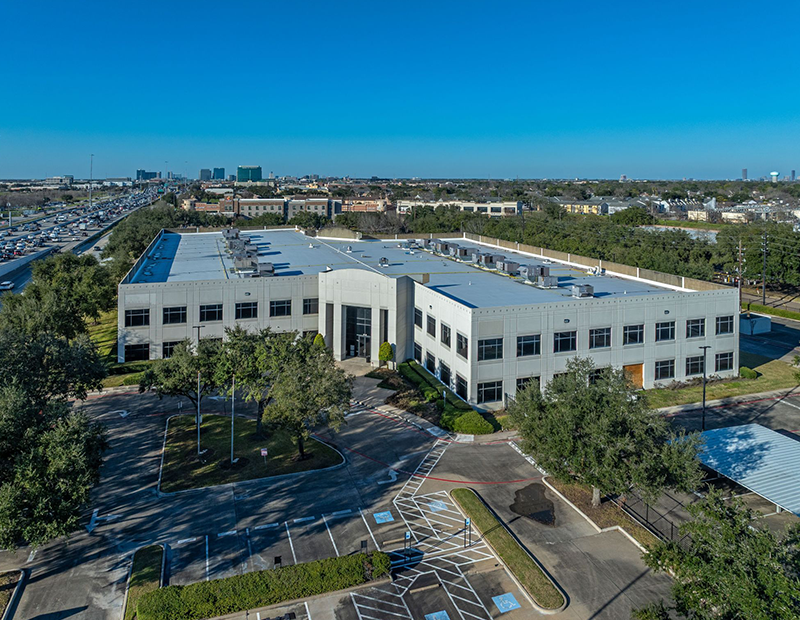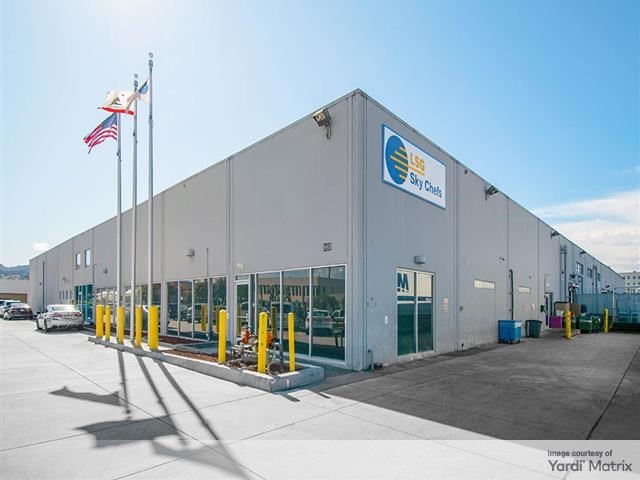Brick & Mortar Retailer Woes Raise Concerns for REITs
Despite a surge in retail M&A activity, especially in e-commerce, the fiscal health of the sector has some retail REITs worried. But executives that take advantage of the opportunity for evolution should still fare well, notes BDO USA assurance partners Stuart Eisenberg and Natalie Kotlyar.
By Stuart Eisenberg and Natalie Kotlyar, BDO USA
The retail model is undergoing a transformation that presents opportunities and risks for the real estate industry. Driven by changing consumer expectations about brand experience and convenience, traditional retailers are scrambling to expand their online and omnichannel offerings, while online retailers are laying down their first bricks and mortar. And despite recent headlines touting retail’s demise off the back of first-quarter earnings, there’s been a sustained spike in e-commerce deal activity among strategic and financial buyers that suggest interest in transforming the current retail model is rapidly growing.
Retail REITs are keeping a close eye on the sector’s fiscal health, as it has a direct impact on their bottom line. While the retail industry is sending investors somewhat mixed signals, the future of retail will likely be less dependent on growing brick-and-mortar footprints and more focused on developing the right balance of consumer channels. Embracing e-commerce is not synonymous with shuttering physical locations, as storefronts remain an integral element of the retail mix. Retailers that take active steps to grow their multi-channel offering while rightsizing their in-store footprint look to be better positioned than competitors who have yet to take steps to address the rise of e-commerce.
The good
General retail e-commerce M&A activity topped out at $17 billion in 2016, representing about an eight-fold increase from 2014’s $2.36 billion in M&A activity, according to BDO & Pitchbook’s Current State of E-Commerce, which was published in May and outlines strategic and financial deal activity across the sector. Furthermore, retailers expect deal activity to continue to rise in 2017. Nearly half (46 percent) of retail CFOs surveyed in BDO’s 2017 BDO Retail Compass Survey of CFOs forecast an uptick in retail M&A activity this year. More than two-thirds (38 percent) of these CFOs cite competition and consolidation as the driving factors for deals.
Strategic buyers account for the bulk of the increased deal activity in recent years. In fact, more than half of retail CFOs (56 percent) anticipate M&A activity will continue to be driven by strategic buyers in 2017, with an estimated average EBITDA multiple of 7.0, the highest in the Compass Survey’s history.
That means the retail industry is likely to see more deals like Walmart’s acquisition of Jet.com last year. That acquisition was made to immediately bolster Walmart’s e-commerce presence and to compete with Amazon. Walmart paid a premium ($3.3 billion) compared to Jet.com’s valuation ($1.35 billion), but it appears to have paid off. Walmart’s global e-commerce sales for 2016 increased 15 percent from the previous year, and its U.S. e-commerce sales gained 36 percent.
The not so good
At the same time, there have been recent strategic acquisitions that have delivered less clear results. Look to examples like the 2015 flash-sale startup Gilt Groupe’s sale to Hudson’s Bay Co. for $250 million or Bed Bath & Beyond’s $100 million acquisition of One Kings Lane. Both deals enabled the buyers to enter the flash-sale space at a discounted rate, but the market ultimately slowed. Gilt Groupe’s sale now seems like a win; however, the brand was previously valued at $1 billion before losing steam as the flash-sale trend has slowed. A similar story was told for One Kings Lane. The total acquisition amount was never released, but estimates put the deal around $150 million, a far cry from the company’s previous valuation of $900 million.
The ugly
The first quarter of 2017 saw the highest number of bankruptcy declarations by retailers since 2009, during the height of the Great Recession. The number of retailers that have filed for Chapter 11 bankruptcy protection so far this year has already surpassed the total 2016 number, according to reports by CNBC and USA Today. Financial challenges seem to be hitting mall clothing chains especially hard, as consumers shift their spending to more agile online sellers. Of note, roughly half of retailers that have filed for Chapter 11 protection year-to-date were previously purchased by private equity firms, according to CNBC. And the number of retailers on Moody’s distressed list is also surpassing Great Recession levels. If this trend accelerates, REITs operating in the retail sector could be impacted by tenant loss or defaults and falling or flat lease values.
Still, surging M&A appetite and a determination by the majority of retailers to transform their business model to meet new customer preferences should provide an opportunity for evolution—for the better, ultimately—for REITs operating in the sector. Retail as we know it is rapidly changing. Just as the industry is different today from what it was 50 years ago, it will be totally reformed by 2067. Our bet is the transformation will come relatively quickly, so there is a good opportunity for disruptors and innovators in the sector to shape what the future model of retail will look like. Identifying, courting and partnering with those disruptors would be a solid strategy for REIT executives.








You must be logged in to post a comment.